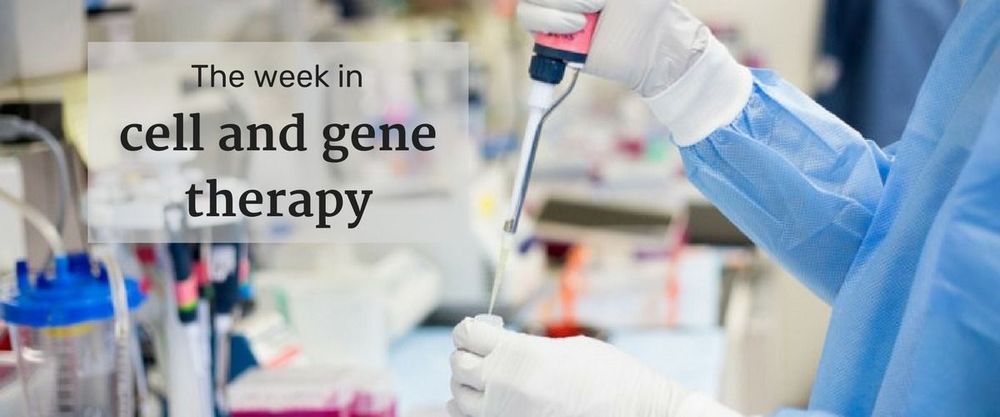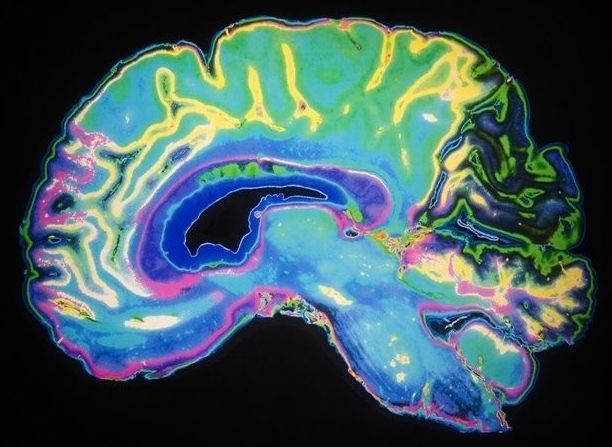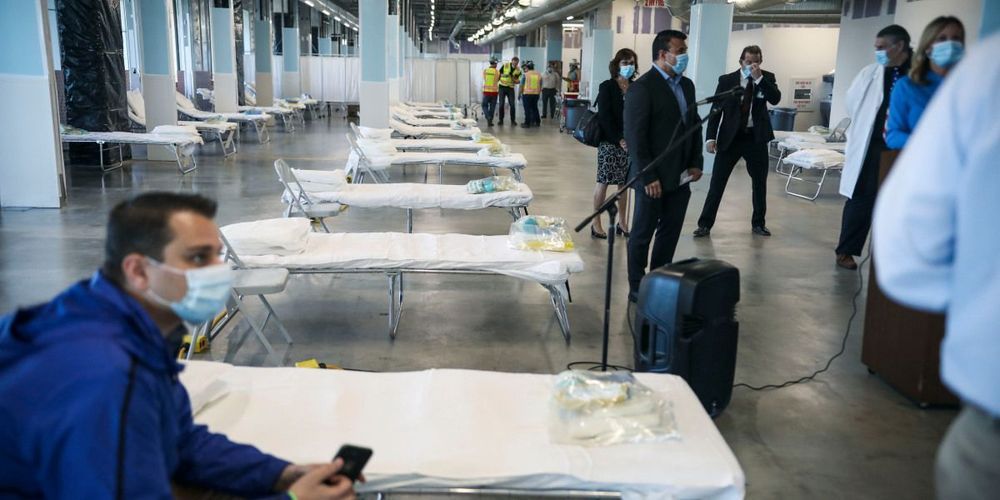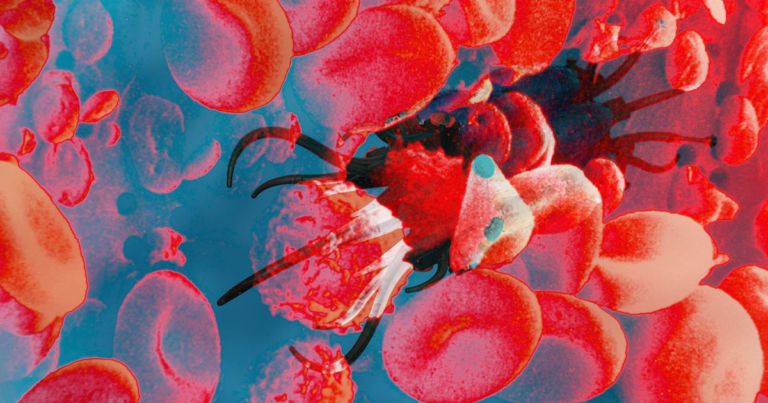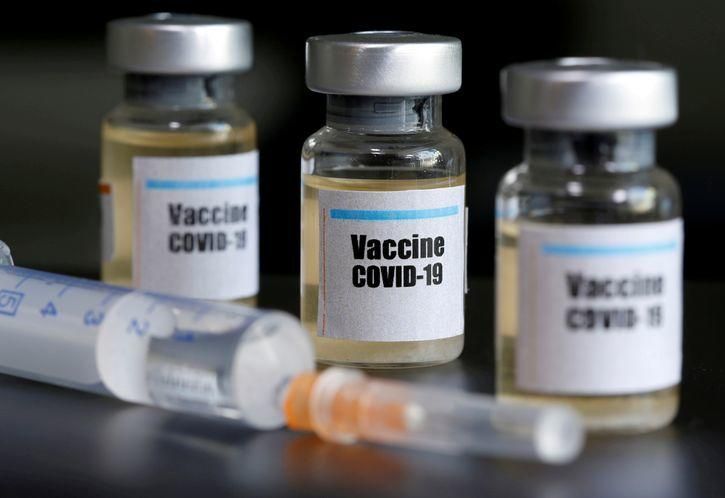You might be interested in my latest interview with Natasha Vita-More, transhumanist writer and executive director of Humanity+, covering human augmentation, the world transhumanist movement and whole-body prosthetics.
Trying to grow my transhumanism related channel so super grateful for any subs: https://www.youtube.com/channel/UCnVLqMgLDwO-aSk5YcYo1dA…
I interview Natasha Vita-More, a transhumanist thinker who wrote the ‘Transhumanist Statement’ and is the Executive Director of Humanity+, formerly the World Transhumanist Association.
We cover artificial intelligence, whole body prosthetics, radical life extension, upgrading the human body and the world transhumanist movement amongst other topics.
